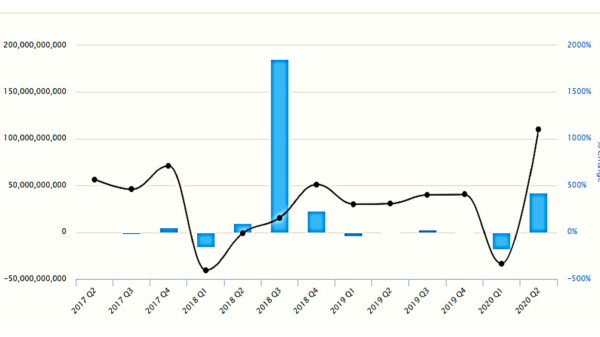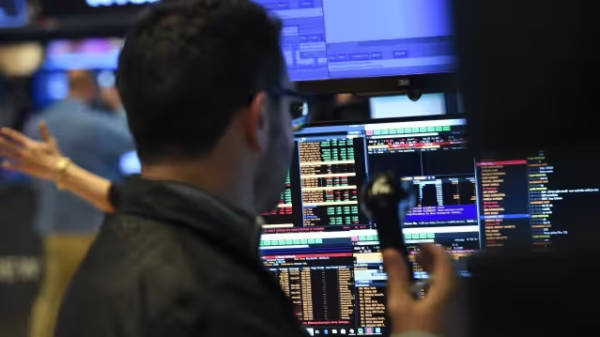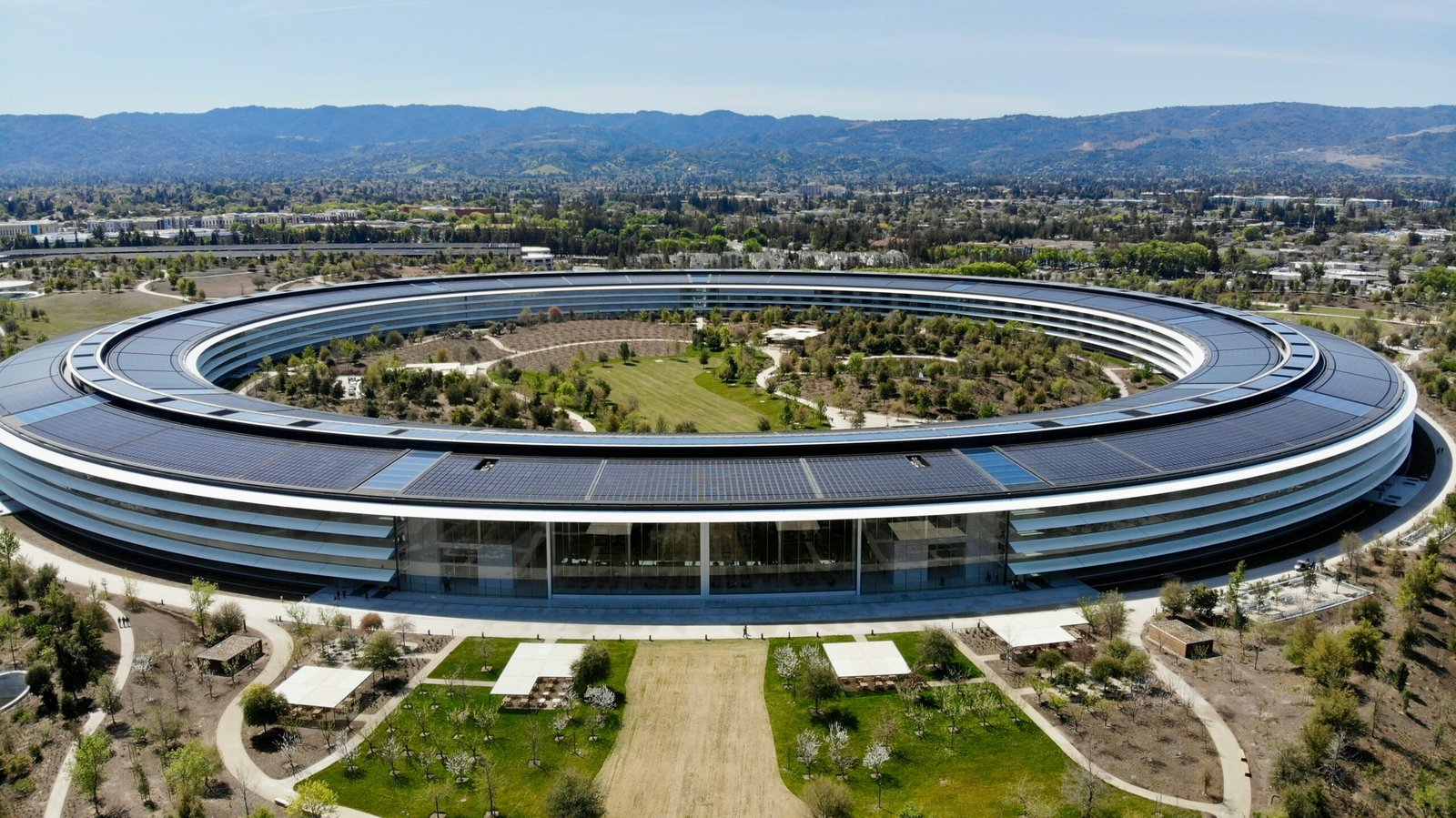Synthetic Media: The Rise of AI-Generated Content
AI-Generated Content: A New Frontier in Media Synthetic media refers to content that is entirely or partially generated by artificial intelligence. This includes technologies like deepfakes, which manipulate or replace human faces in videos, and virtual influencers—computer-generated personas that interact and engage audiences like real-life figures. AI-generated content is becoming more common, pushing the boundaries of creativity and transforming industries such as advertising, entertainment, and social media. These innovations bring new ways to captivate audiences and streamline media production, showcasing the potential of synthetic media in a fast-evolving digital landscape.
The Creative Possibilities of Synthetic Media
One of the primary advantages of synthetic media is its ability to unlock new creative possibilities. Filmmakers and content creators can use AI to generate realistic special effects without the high cost and time commitment traditionally required for such projects. Virtual influencers, like Lil Miquela and other digital personas, offer brands unique opportunities for promotion without the logistical challenges that come with real-life endorsements. Additionally, AI tools can create hyper-realistic voiceovers and replicate the appearance of historical figures, adding rich layers to storytelling and educational content.
Applications in Media and Entertainment
In the media and entertainment industry, synthetic media has already started to play a major role. Deepfake technology, while initially known for controversial applications, is now being used in movies to de-age actors or bring characters back to life with convincing visual effects. AI-generated content allows production teams to create seamless scenes that were once only possible through extensive and costly CGI work. Similarly, AI-driven music and art generation tools enable artists to experiment with new styles and compositions, broadening the creative toolkit available for producing compelling media.
Ethical Questions and Challenges
Despite the innovative applications of synthetic media, its rise brings significant ethical questions regarding authenticity and trustworthiness. The misuse of deepfakes for creating misleading or harmful content poses a major challenge. Such applications can be used to spread misinformation or to produce unauthorized videos that can damage reputations. The ease with which realistic yet fabricated media can be produced raises concerns about verifying the authenticity of digital content. This has led to calls for stronger regulations and the development of technologies to detect and flag AI-generated material.
Addressing Trust and Verification Issues
To combat the potential negative impact of synthetic media, researchers and technology companies are working on developing detection tools that can identify manipulated content. These tools aim to support platforms in maintaining trust by distinguishing genuine media from AI-generated fabrications. Additionally, organizations are exploring watermarking technologies that embed subtle markers within AI-created content, indicating its synthetic nature. Transparency in the creation and labeling of synthetic media is becoming an industry focus, ensuring that audiences are informed and that creators maintain credibility.
The Future of Synthetic Media
As AI technology continues to advance, the use of synthetic media is expected to expand even further. While there are challenges to overcome, including ethical considerations and the potential for misuse, the future holds promising applications in areas such as personalized advertising, interactive storytelling, and education. Synthetic media could enable more inclusive content, with tools that allow people from different backgrounds to see themselves represented in media without barriers. With careful regulation and ethical practices, synthetic media has the potential to enrich digital experiences while maintaining the trust and integrity of the content landscape.
Conclusion: Navigating the Synthetic Media Landscape
Synthetic media represents a groundbreaking shift in the way content is created and consumed. Its ability to enhance creative processes and engage audiences in new ways is balanced by the ethical implications and trust issues it poses. As the technology evolves, the media and technology sectors must prioritize transparency and develop robust verification methods. The responsible use of synthetic media, supported by thoughtful regulation and technological safeguards, can ensure that AI-generated content contributes positively to the digital world, shaping a future where creativity and ethics coexist.
































